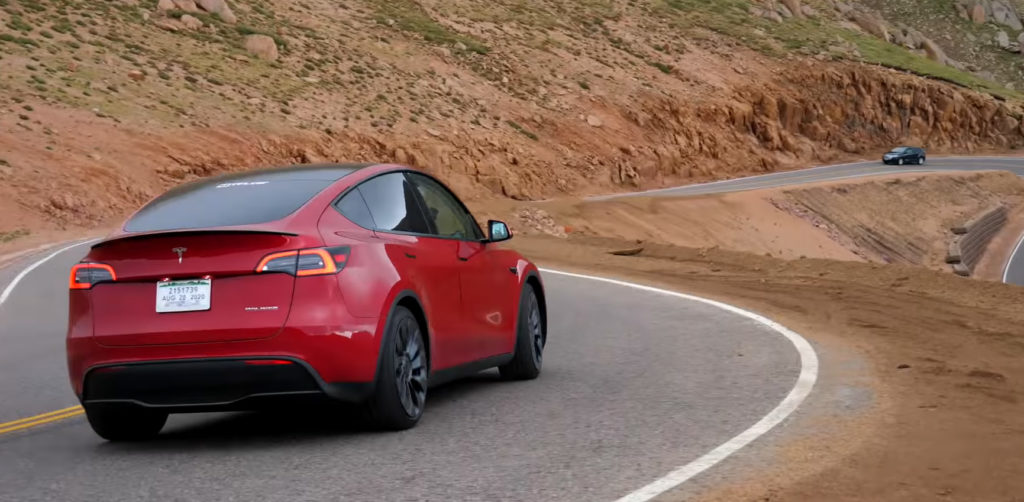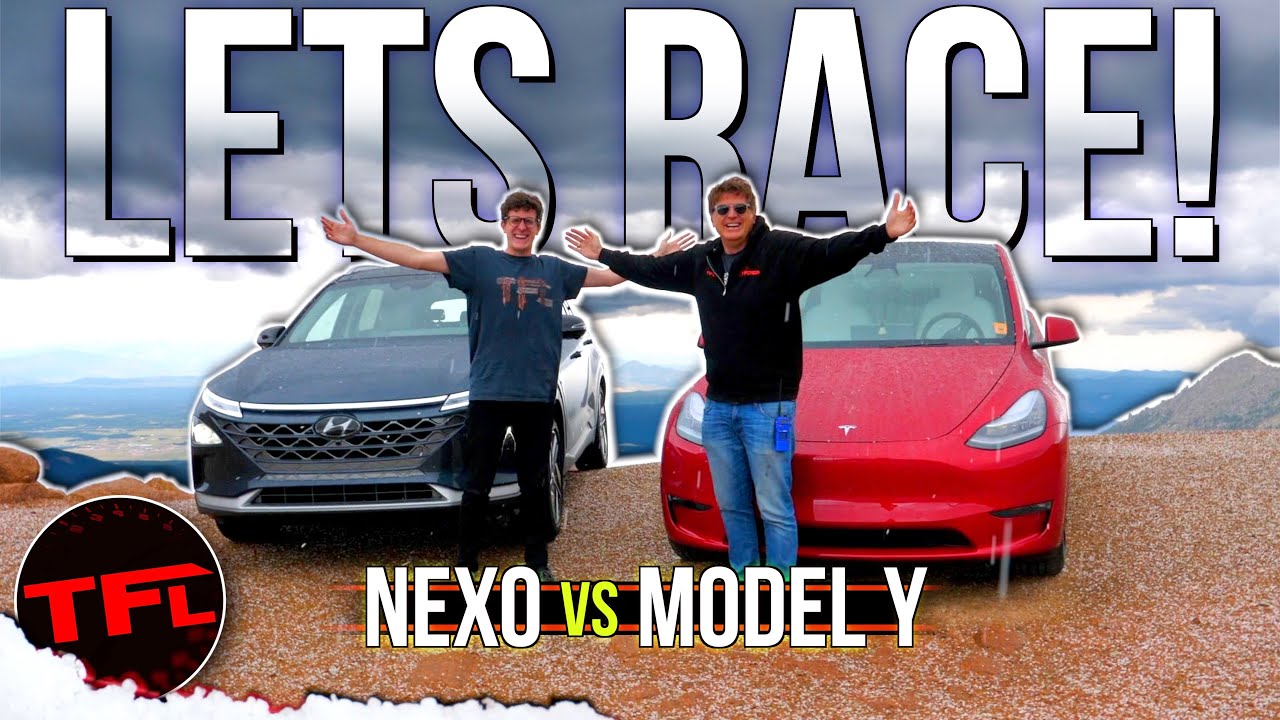Hydrogen or batteries? This is the question that many ask when analyzing the future of the automobile industry. Although today electric cars have taken the lead, for years, governments and manufacturers have defended the hydrogen fuel cell as the natural substitute for classic vehicles with a heat engine.
The advantages of battery-electric cars are apparent: they have a lower starting price (and which in the coming years will be reduced even more, until reaching the cost of combustion models in 2025), and the charging infrastructure is cheap and much more numerous. Also, its reduced autonomy and its long charging times are being solved thanks to the new generations of cells.
On paper, hydrogen offers greater autonomy and reduced refueling time; However, its charging infrastructure is much more scarce and expensive (also, unlike battery-electric ones, a hydrogen car cannot charge at home), and the process of obtaining and transporting hydrogen is less energy efficient than using electricity to charge a battery directly.
There are hardly a couple of hydrogen cars for sale around the world: the minority Honda Clarity Fuel Cell, the veteran Toyota Mirai (whose new generation will arrive this year), and the Hyundai Nexo. Precisely this latest model has been chosen by the channel The Fast Lane Car to face the Model Y, the most recent offshoot of the Tesla range.
Both vehicles belong to the D segment and have similar dimensions (4.67 meters for the Nexo, 4.75 meters for the Model Y), although Tesla has an optional third row of seats. The Nexo is available in the United States in Limited (354 miles EPA) and Blue (380 miles EPA) versions, both front-wheel drive; while the Model Y in the Long Range Dual Motor (319 miles EPA) and Performance (317 EPA), both with all-wheel drive.
The Nexo Limited costs $58,735 in the United States, while the Nexo Blue goes for $62,185. The Model Y Long Range Dual Motor starts at $49,990, while the Model Y Performance stays at $59,990. However, in the short term, the Model Y range will receive the Long Range RWD (rear-wheel drive) version, which should reach around 338 miles EPA and sell for about $45,000.

In their video, the guys from The Fast Lane Car face the Nexo and Model Y to a somewhat atypical test. Both models must go up and down the mythical Pikes Peak and show which one is faster while consuming the least amount of energy possible, regenerating to the maximum during the descent. The truth is that the test does not stand out for its rigorousness, and there are not even specific numbers regarding the consumption of Tesla. However, the video’s conclusion is clear: Tesla is the winner for the simple fact that it can be loaded in any place, while the Nexus has hardly any refueling stations.

